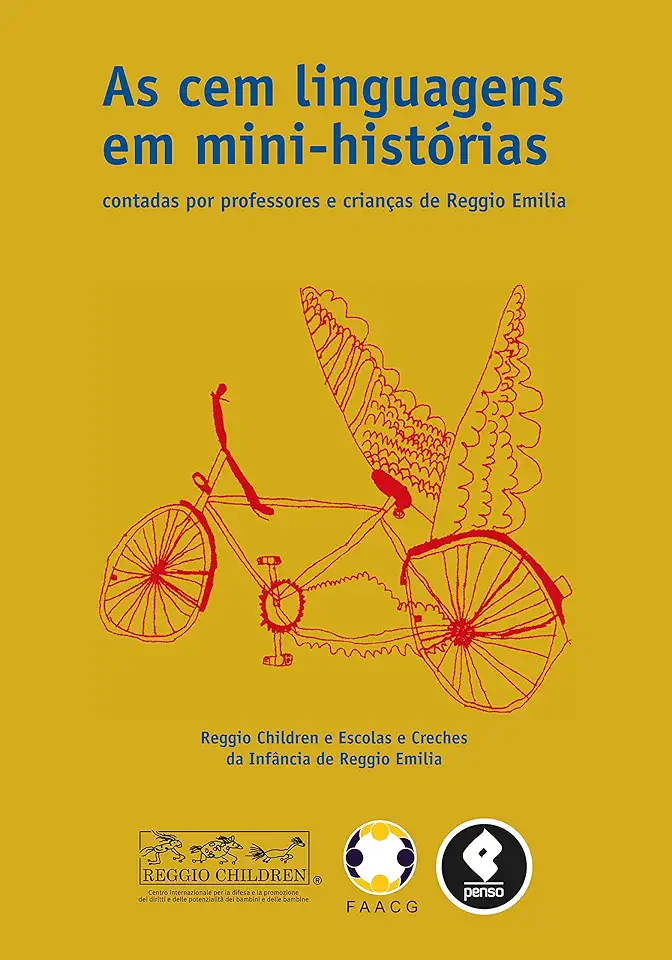
The Hundred Languages of Children - Reggio Children
The Hundred Languages of Children: A Reggio Emilia Approach to Early Childhood Education
A Revolutionary Approach to Early Childhood Education
In "The Hundred Languages of Children", the Reggio Emilia approach to early childhood education is presented as a revolutionary way of understanding and nurturing the potential of young children. This approach, developed by the educators of Reggio Emilia, Italy, is based on the belief that children are capable and competent learners who have a natural curiosity about the world around them.
Key Principles of the Reggio Emilia Approach
The Reggio Emilia approach is based on several key principles, including:
- The child as an active learner: Children are not empty vessels to be filled with knowledge, but rather active participants in their own learning. They learn best by doing, exploring, and interacting with their environment.
- The importance of play: Play is not just a frivolous activity for children, but rather a powerful tool for learning. Through play, children develop their creativity, problem-solving skills, and social skills.
- The role of the environment: The environment plays a crucial role in children's learning. A well-designed environment can stimulate children's curiosity and provide them with opportunities to explore and learn.
- The importance of relationships: Children learn best in relationships with caring and responsive adults. These relationships provide children with a sense of security and belonging, which are essential for their emotional and intellectual development.
The Reggio Emilia Approach in Practice
The Reggio Emilia approach is put into practice in a variety of ways in early childhood education settings. Some of the key features of a Reggio Emilia-inspired classroom include:
- A focus on project-based learning: Children learn through in-depth investigations of topics that are of interest to them. These projects allow children to explore their interests, develop their skills, and learn about the world around them.
- The use of open-ended materials: Open-ended materials, such as blocks, clay, and paint, allow children to explore their creativity and express themselves in a variety of ways.
- A documentation process: The educators of Reggio Emilia carefully document children's learning through photographs, videos, and written observations. This documentation is used to assess children's progress and to plan for future learning experiences.
The Benefits of the Reggio Emilia Approach
The Reggio Emilia approach has been shown to have a number of benefits for children, including:
- Increased creativity: Children who attend Reggio Emilia-inspired schools are more creative and imaginative than their peers.
- Improved problem-solving skills: Reggio Emilia children are better at solving problems and coming up with new ideas.
- Enhanced social skills: Reggio Emilia children are more cooperative and have better social skills than their peers.
- A love of learning: Reggio Emilia children develop a love of learning that stays with them throughout their lives.
Conclusion
"The Hundred Languages of Children" is a must-read for anyone interested in early childhood education. This book provides a comprehensive overview of the Reggio Emilia approach and its benefits for children. If you are looking for a way to give your child the best possible start in life, I highly recommend reading this book and learning more about the Reggio Emilia approach.